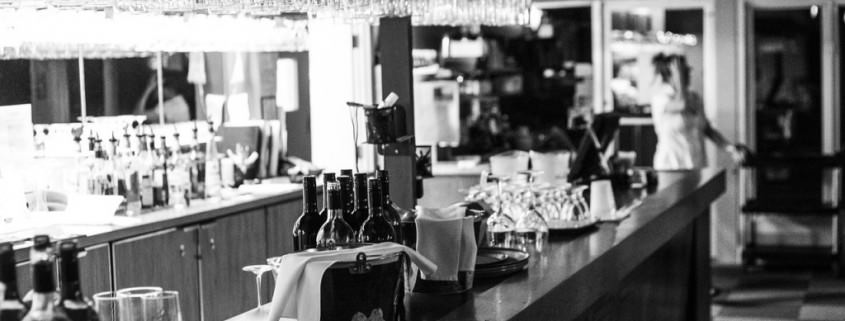Is Wine On Tap Worth It?
Restaurants across the world are starting to experiment with wine kegs. Yes, you heard right, wine kegs. Wine served from the tap isn’t a brand new trend, but one that is increasing in popularity. Wine on tap is a fantasy come true to some, while a nuisance to others. Here’s what your restaurant needs to consider before introducing the on-tap option.
Putting wine on tap is an investment. Even if a restaurant decides to feature a few selections, they still need to purchase the proper materials. The system used with wines on tap differs from the standard beer distribution one. Wine is very acidic, therefore interacts much more dramatically to metal than beer. Refrigerators, barrels, tubing and stainless steel taps are just a few pieces of equipment needed to hop on the wine on tap wagon. Obviously, the costs will vary pending on how many wines you want to offer via the tap. A restaurant with three options will be a lot cheaper than one with fifteen.
On the opposite spectrum, wine on the tap can lower costs when restaurants want to order in bulk. Ordering by the keg-load can eliminate costs associated with labels, bottles and shipping. Lowering purchasing costs can mean cheaper wine for your customers, making both parties happy.
Now the most important question- what about the taste? Wine pushed through tubes and taps is obviously going to differ than a wine uncorked right before your eyes, but that’s not necessarily a bad thing. In fact, wine kegs have done a great job in preserving freshness in relation to by-the-glass pours. It prevents the wine from becoming oxidized, which might happen to a bottle that was re-sealed after one pour. Kegs also eliminate the risk of faulty corks or defected bottles. On-tap wine, however, is meant for early consumption. Kegged wine cannot be aged or improve with time like bottled wine can. So in the end, it all depends on personal preference.
If wine on tap sounds like a trend you’re interested in, we suggest following these tips to have a more successful program:
1. Be sure to include the on tap options within your by-the-glass program. Like stated before, wine on tap is meant to be enjoyed fresh. It is essential to push these sales to get the biggest bang for your buck. Offer pours smaller and larger than the standard amount. This way, people can sample the wines or order more of what they enjoyed.
2. Rotate the wines on tap. Most restaurants don’t want to have their entire selections on tap (and consumers don’t expect it) so switch up what you have to offer to peak consumer interest while seeing what wines sell better than others.
3. Train bartenders how to properly pump and pour the wine. The wine needs to taste fresh, whether the first or last glass. Advances have been made in which gases have been added to the keg to protect the wine from oxidizing, so its up to the bartender to perfect the pour.
- Sommelier Surge in Restaurants - August 7, 2015
- 3 Up-and-Coming Restaurant Industry Trends - August 6, 2015
- Millennial’s Impact on the Wine Industry - August 4, 2015



